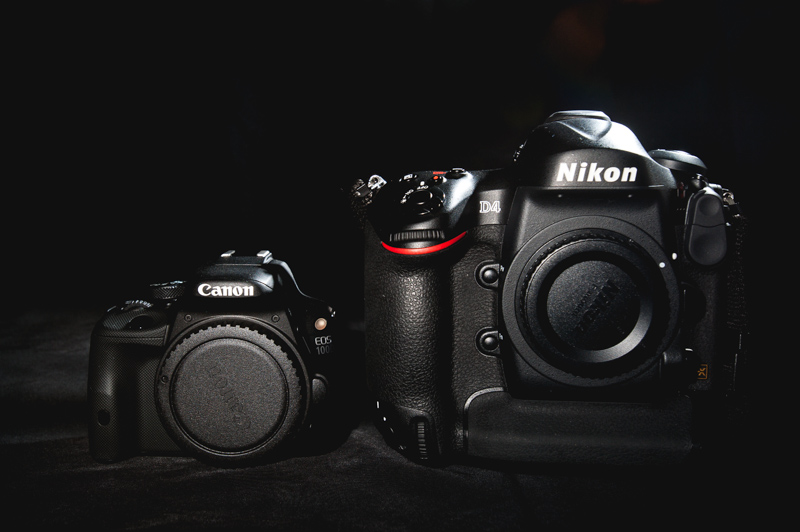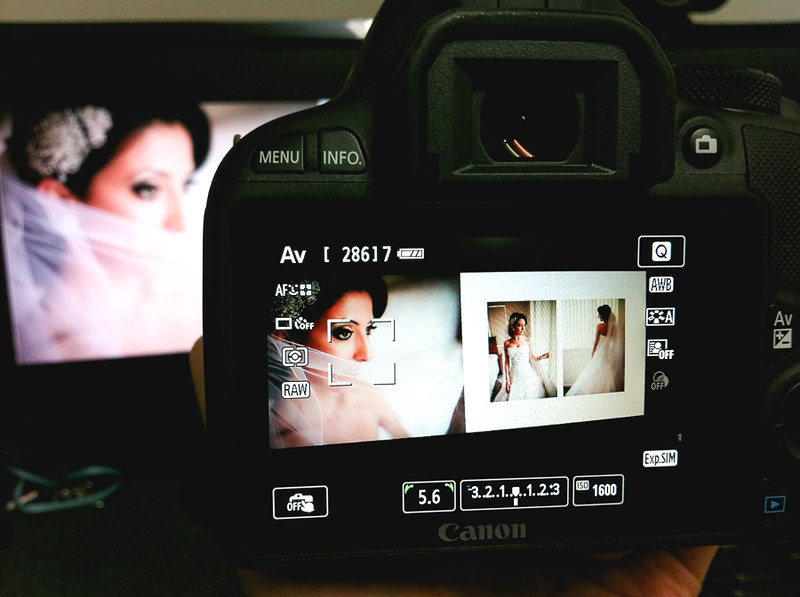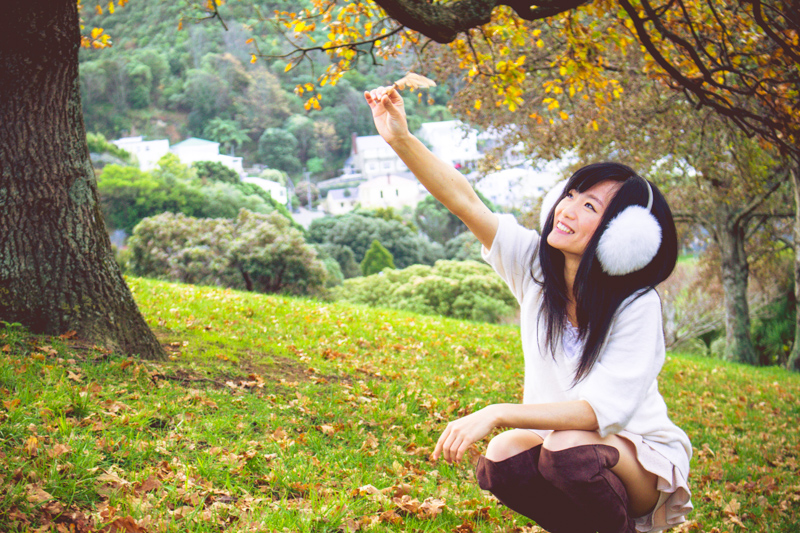If you like this post, help us share it
We got our hands on this tiny Canon 100D for a review and we had the privilege of using it for about two months now. I had been taken it to travel, wedding shows, bridal fashion shows, studio sessions, and situation where I just want to use it as a fun camera. The arrival of the Canon 100D is specifically designed for consumers who are looking to take their photography to the next level but do not want to be held back by typical DSLR camera size. Weighting at about 400g and 20-30% lighter than any other DSLRs, it makes it much easier to carry around. While it is not pocket size, but you will surely notice the differences compare to a standard DSLR. Despite the downsizing, it offers the same 18-MP APS-C CMOS sensor of the 700D, which we know is capable of producing exceptional image quality. The Canon 100D also inherited the latest DIGIC 5 image processor, which is capable of shooting at speeds of up to 4FPS.
The Canon 100D is available to order at your local dealers

The back LCD is 3′ 1.04M dot but is fixed rather than articulated. The LCD similar to the 700D is touch-sensitive, which allows camera settings to be changed within a few touches of the screen. Without much compromise in the way of external controls, the
100D retains most of the critical buttons for ISO, exposure compensation, Q set and live view.
The 100D has a second generation hybrid CMOS auto focus system with 9 autofocus points, you can be sure the cross type points spread across the frame will deliver greater focusing speed and accuracy for moving subject. In the age of HD video, Canon continues to improve its HD video capability, the 100D offers continuous AF tracking in live view and video mode, thanks to its new Hybrid CMOS sensor. It has a built in mono microphone and offers a stereo microphone input for professional audio recording.


The battery life of the Canon 100D is probably the most sacrifice aspect of the design due to the downsizing. It is rated to take 30% less photos than other comparative models. Especially with long videoing and LCD preview, the battery drains out relatively quickly. A spare battery will be handy to have. Apart from the wide range of Canon’s creative filters, the 100D has added the Kids, Food and Candlelight modes, designed to accommodate with all kinds of shooting environment.
I took the 100D to an casual outdoor portrait session where I relied only on the 18-55mm STM kit lens. The STM 18-55mm lens claims to provide a much smoother and more silent autofocus than traditional lenses. From my experience, it did get rid of most clicking sound of the lens barrel when adjusting focus. It would work wonderfully with the camera silent mode to minimize operation noise. The 18-55mm STM lens does make the camera slightly tipped to the front and I would be a bit reluctant to use any larger lens with the camera.

The overcast outdoor portrait session had pushed my ISO setting to 400. Although I didn’t get to use it at extreme high ISO setting, the 100D at ISO 400 manages image noise in a very respectful way. Looking at the image closely on the computer, I am confident to say the image quality is as good as other Canon’s APS-C cameras. The autofocus was surprisingly fast on the 100D; keeping up with the subject was not an issue, it did a good job tracking the subject, but there were times I hoped to have more autofocus points for a smoother continuous tracking. The camera buffer did suffer to keep up, at most it can buffer about 6-7 photos before it needs to write to the SD card, which inevitably required you to pause momentarily. For the particular photo session, I would take 3-4 burst shots and then the models would move into a new arrangement for me to take another 3-4 burst shots. By that time the camera buffer is nearly filled up and the camera is starting to slow down. I have to say it is unusual to use the 100D in such fast pace, but for testing purposes I was keen to see how fast it can handle.

In a studio environment where lightings are perfectly controlled and you have all the time to set the camera settings and focus, the Canon 100D works as good as any other DSLRs. We took the 100D for a quick test in the studio using the kit lens 18-55mm STM and even bumped the ISO to 800, the images are as good. Overall, the handling of the camera is solid, the handgrip is not as deep as the normal DSLR, but it is a sensible design for a downsized DSLR. You will probably feel the camera is a bit front loaded when paired with a larger lens. Adjusting camera setting is very simple using the new touch screen navigation system. Instead of going in to the menu, you can change most settings such as WB, shutter speed, aperture, metering mode, focus mode, picture style, and so on with the touch screen. The camera is extremely travel-friendly and extremely light weight. It fitted in my large overcoat pocket without a problem.


For the ISO test, we pushed the ISO all the way to the maximum 12,800, knowing that most APS-C sensors are acceptable up to 1600, that’s 3 stops over the ideal setting. While the image is still useable but as expected you can see some grains even when it is not magnified. We pushed the 100D to its limit with this image at ISO 12,800, f/3.5, 1/5s and we pretty much had to focus in the dark.
In summary, the Canon 100D is a solid DSLR packed with advanced features while keeping the footprint to minimal. It has all the features that you would expect from a DSLR; giving enthusiasts a solid DSLR shooting experience, although I did miss the articulating LCD which is available in the 700D. It also delivers great video recording experience, especially paired with a STM lens. The touch screen is beautifully implemented, making handling much simpler.

